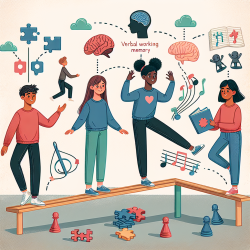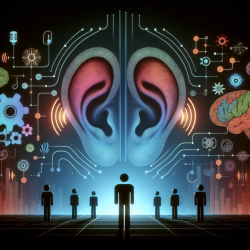Introduction
The sudden shift to online learning during the COVID-19 pandemic presented unique challenges and opportunities for educators and students alike. The research article "Voices of the students: Adolescent well-being and social interactions during the emergent shift to online learning environments" offers valuable insights into how adolescents perceived these changes and how their well-being was affected. Understanding these perspectives is crucial for educators aiming to improve online learning experiences.
Key Findings from the Study
The study utilized a mixed-methods approach, including surveys and interviews with 21 adolescents, to explore their well-being and learning experiences during the pandemic. Key findings include:
- Decrease in Positive Affect: Adolescents reported a significant decrease in positive emotions, such as happiness and enthusiasm, during the pandemic.
- Increase in Negative Affect: There was a notable increase in negative emotions, including sadness and loneliness.
- Stable Life Satisfaction and Self-Esteem: Despite changes in affect, adolescents' life satisfaction and self-esteem remained relatively stable.
- Distractibility and Technology Use: Many adolescents found themselves more distracted during online learning, with smartphones being a significant source of distraction.
- Need for Social Interaction: The lack of face-to-face interactions was a major concern, highlighting the importance of social connections for adolescent well-being.
Implications for Practitioners
For practitioners in online education, these findings emphasize the need to create engaging and socially interactive learning environments. Here are some strategies to consider:
- Incorporate Social Elements: Use platforms that allow for social interaction, such as discussion forums and group projects, to foster a sense of community among students.
- Balance Technology Use: Encourage students to use technology responsibly by setting clear guidelines and promoting activities that require minimal screen time.
- Focus on Emotional Well-being: Integrate activities that promote emotional health, such as mindfulness exercises and opportunities for students to express their feelings.
- Provide Support and Feedback: Regular feedback and support from educators can help maintain student motivation and engagement.
Encouraging Further Research
While this study provides valuable insights, further research is needed to explore the long-term effects of online learning on adolescent well-being and to identify effective strategies for different educational contexts. Practitioners are encouraged to engage in or support research efforts that aim to enhance online learning experiences for students.
Conclusion
Understanding the perspectives of adolescents during the shift to online learning is crucial for developing effective educational strategies. By addressing the social and emotional needs of students, educators can create more supportive and engaging online learning environments. To read the original research paper, please follow this link: Voices of the students: Adolescent well-being and social interactions during the emergent shift to online learning environments.










